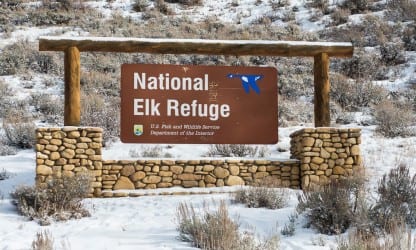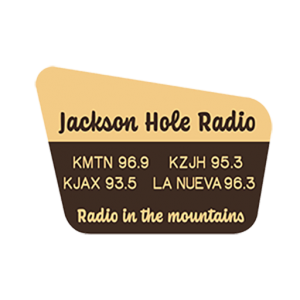
Looking ahead to the upcoming winter-feeding season on the National Elk Refuge, Biologist Eric Cole says estimated Refuge-wide forage production was slightly above average in 2021 by about 2000 tons.
Although much of the western U.S. has experienced significant drought in 2021, total precipitation in Jackson Hole for May through June was 15% above the long-term average, and seasonal precipitation during late spring strongly affects grass growth on the Refuge. Annual forage production on the Refuge is important because it influences when supplemental feeding will be initiated each season.
In general, higher forage production permits a later feeding start date. However, snow conditions and elk and bison foraging activity also strongly affect available forage and feeding initiation date. We will closely monitor available forage throughout the fall and winter to determine when supplemental feeding is necessary.
The average feed season length has been reduced by nine days during the first two years of a step-down program to reduce the ungulates’ reliance on supplemental feeding and hopefully reduce the number of elk congregating and potentially spreading disease.
- WYDOT Starts Collecting Fuel Tax on Public EV Charging: Ensuring Fair Road Funding - October 17, 2025
- Jim Darwiche Honored with 2025 Clarene Law Memorial Legacy Award - October 16, 2025
- Prepare for Jackson Hole Winter: Clear Streets, Sidewalks, and Join Fall Clean-Up by November 15th - October 16, 2025

